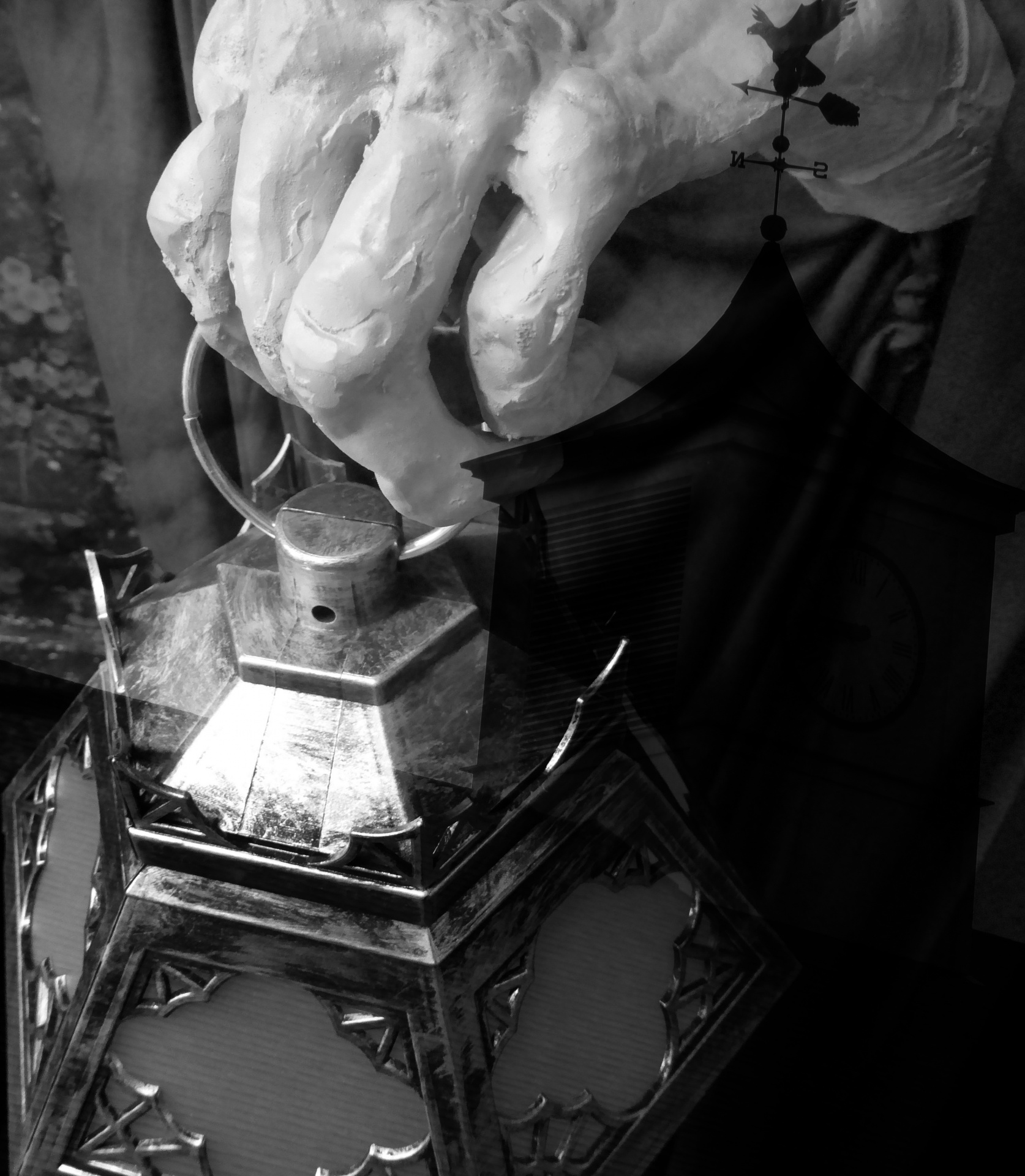
Royalty-free image from http://www.publicdomainpictures.net.
Of course, not all witches have gnarled fingers. This is a stereotype, and stereotypes are inconsistent with the deep truth-telling that is the work of most witches and other spiritual people. Perhaps as an indicator of this, the most-viewed post on this blog is, by far, about racism in the magick community. It recounts a visit I made to a lecture by a witch I admire, only to have a fellow attendee unload with comments that the surrounding, majority African-American, neighborhoods were "dangerous." She held forth about fear of driving through, much less parking in, such an area.
While these attitudes, often unconscious, are ugly and deserve examination, most of us work on these issues--on our own or in community. I recently came across an inspiring example of examining and taking responsibility for race-based perceptions. It was the opposite of the ugly attitudes grasped in the previous post.
Gary, Indiana is 80 percent African-American. It was devastated by white flight, largely in retaliation for electing the first black mayor (concurrent with Cleveland, Ohio). A good summary is here, although Mayor Hatcher, interviewed in the article, has his own viewpoint.
Around the Northwest Indiana area, Gary is a proxy for (synonymous with) race. For example, a white politician in neighboring Merrillville once gloated in a public meeting he removed basketball hoops from a local park after seeing "people from Gary" playing basketball at the park. Pressed on how he knew the players were "from Gary," he admitted this assumption was based on their being black. Without fail, the local "press" reports crimes by black suspects with more certainty and venom than those by white suspects, and a notable effort is made to tie crimes back to Gary and to scream "Gary" from the headlines. The two "news"papers were early white-flighters, so perhaps they seek a post hoc justification of their bigotry or seek to offer the same succor for their suburban readership.
Against this backdrop, many of the all-white towns are an intimidating, judgmental backdrop for Gary residents who venture forth for food and goods due to the blight in the city. In one such foray, I reluctantly befriended a gifted spiritual teacher who has 20 years experience in Earth-based study and began taking classes from her. It never hurts to sharpen one's anthame, even when it is usually one's finger. As I settled into relaxed, weekly discussions, there was often an edge of discomfort about my hometown. As with everything, friendships wore the edges down, and people became comfortable sharing their experiences.
During one particularly frank session, my friend revealed the complexity of her feelings about Gary. She had had a bad experience there as a teen, being shot at while in a speeding car. This is not an unusual story among those in the towns surrounding Gary, many of whom believe Mayor Hatcher installed stop signs purposefully to allow black people to attack white people with bats and rob them when the cars came to a halt. Further complicating matters, my friend currently lives in a small town where the town council, considering whether to merge their sewer system with Gary's, had an open, public debate about whether mixing white people's poop with that of black people would make Jesus cry. (I do not think she has an opinion on Jesus' opinion, but have made a note to inquire.)
However, the discussion with my friend took a turn unheard of in the towns surrounding Gary: rather than pointing fingers at the "people from Gary" involved in the shooting, she looked at her own involvement. Perhaps, we agreed, her likelihood of being involved in a chase and shoot-out was influenced less by geography and more by the fact her boyfriend, with whom she rode in the shoot out, was a Latin King. While, certainly, a gang member or associate no more deserves to be hurt than anyone else, it seems likely that keeping this company would expose one to more bullets than would tamer conquests.
This discussion is on sharp contrast to the woman who would not turn off her fear-o-meter after having seen a few black people during her commute. Looking inside and breaking down the reason for our fears is a far better answer, even in matters or real or perceived personal safety, than pointing fingers. Christoper Pike is thought to have said that when you point at someone else, there are three fingers pointing back at you. You can give yourself a big thumbs up if you can identify your own Latin King. And, we all have work to do on understanding how our world came to be, and remains, a sometimes divided and wounded place.

